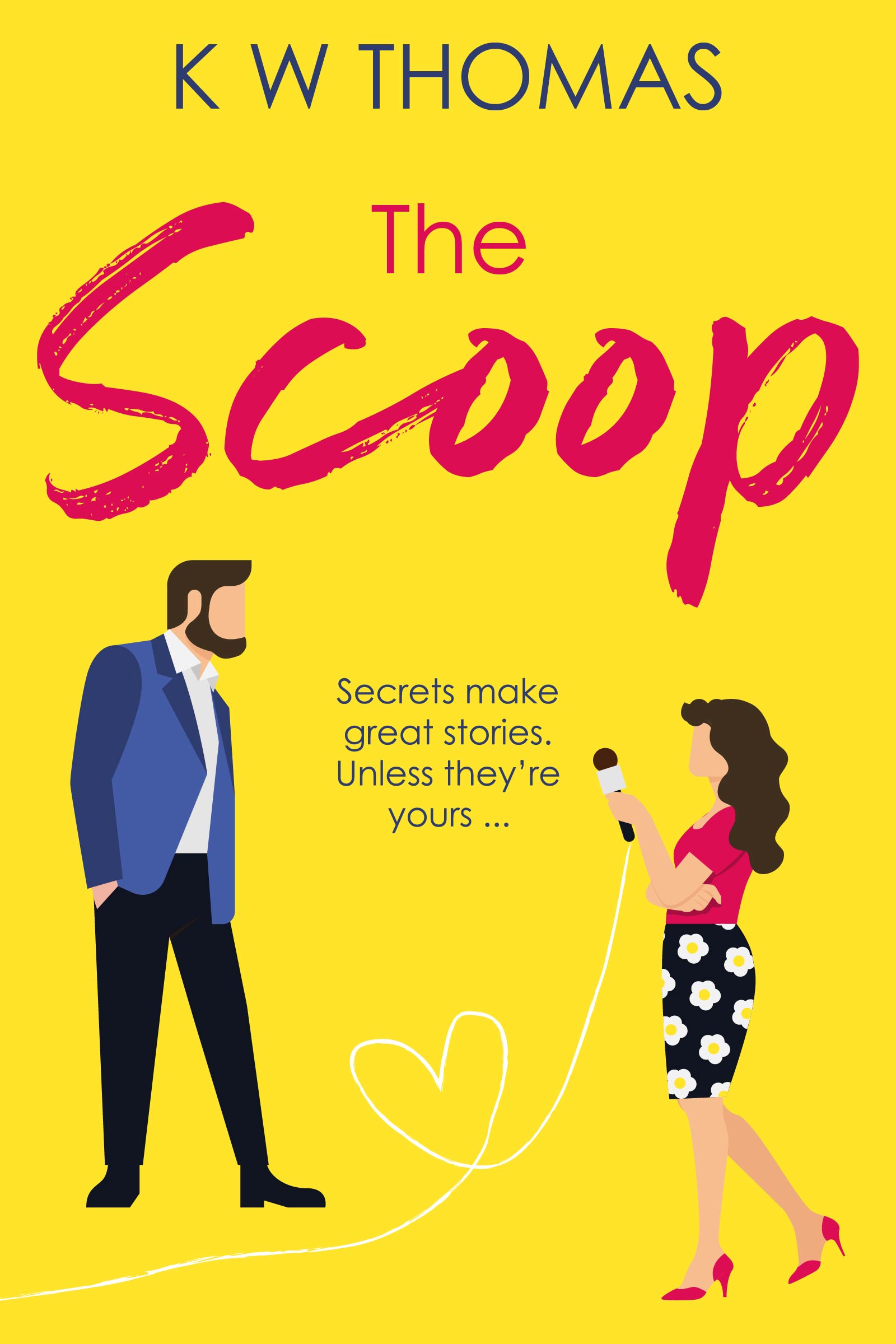It’s easier than ever for first-time authors to self-publish children’s books but the process can still be confusing. Annie Deakins demystifies her role as an editor, explains how she can support authors in other ways and offers some tips to both prospective writers and editors.
The email begins, ‘Hello, I found your website and see that you proofread children’s books. I have written my first children’s book. Can you help me to publish? I need the grammar, etc, to be perfect. How much do you charge?’
I need more information.
Using my education background
I proofread children’s books using my knowledge from 30 years of teaching in the primary classroom. I know what makes a good children’s story, whether it’s a picture book, chapter book or another format.
When I taught children to read, I showed them how to understand and value stories with words chosen for effect. When I taught writing, I guided them to improve their writing using modelling – dissecting how the stories were written.
Supporting indie authors
When I retrained as a freelance proofreader and started my business, I had no idea about the area of self-publishing. But the process has grown in a way that makes getting their books out to readers attainable for new independent (indie) authors. And my knowledge has grown with them.
As it can be easier to self-publish than to go down the traditional route, it seemed logical to offer my services to indies. Half of the weekly enquiries I receive through my website are from new children’s book authors asking for help.
So, back to that email. What is my response?
- The author hasn’t indicated the genre or word count, or attached their manuscript, so I request the current file of their book and ask some questions. I can’t provide a quote unless I’ve seen the material.
- The author replies with their book file. As they have asked for a proofread, I’d hoped to see the finalised, illustrated manuscript as a PDF. However, when I open the file, it is a Word document with no illustrations.
- When I read the manuscript, I am excited by the writing. I feel I would be a good fit for the author, so I explain my packages.
By this point I realise that this author, like many new indies, doesn’t understand the process involved in publishing. They have asked for proofreading but they realise they need more than that. They need an editor; they need advice. As a first step, I refer them to the resources on the website of the Alliance of Independent Authors (ALLi), where there are written guides and author forums. I am a Partner Member of ALLi, offering an editorial service.
Finding the right package
I offer three packages:
- My basic proofread is checking for typos and errors of grammar and consistency. In traditional publishing, this would take place at the end of the publishing process when the manuscript has been copyedited, illustrated and typeset.
- My proof-edit is a proofread plus tweaking the text with edits or suggestions for improvement. I guide the author on the use of appropriate language for the age of the child. For example, is the book aimed at 4–7-year-olds, 8–11-year-olds or another age group? Is the topic suitable? Is the vocabulary appropriate?
- My advanced package includes the tasks outlined in point 2 but I add my consultancy service. I give indies advice on how to get their manuscript ready for self-publication. It includes a proof-edit in Microsoft Word, and a second proofread of the final proof of the book as a PDF just before it is published. By this time, a book designer has formatted and designed it to fit in the illustrations. It has a separate book-cover file which includes the front, back and spine.
To help this latest author to find the right package for their needs, I offer to do a sample proof-edit to show how their manuscript can be improved. I take different parts of their manuscript and demonstrate: a) a proofread and b) a proof-edit. As always, the author sees the value I add with my edits and chooses my consultancy rate. Then I invoice them for the deposit (usually 50%) so that their slot can be booked in my schedule.
Helping to find an illustrator
As the picture-book story lacks illustrations, I ask the author if they have an illustrator in mind. They say they want the story checked first to make sure it is ‘okay’ and ask if I can recommend an illustrator.
It’s a good idea for an author to have researched the kind of illustrator they want to use by, for example, looking at book covers of children’s books in the same genre and/or looking at the portfolios of illustrators to find one who uses the style they prefer. I recommend they look in the Directory of Partner Members in ALLi to find an illustrator.
Building the book
I’ve often been asked if I put the book together by combining the illustrations with the story. No, I don’t offer design, layout or typesetting as a service, yet. The skills of a book designer are in demand with the increase in self-publishing.
Book production involves a variety of specialists. We all respect each other as trusted colleagues. On LinkedIn, I’ve found several skilled typesetters who work with indie authors who I recommend to my clients. I also direct them to the ALLi Directory of Partner Members.
Offering sympathetic support
I am usually the only editing professional who sees the manuscript. When I am asked a question about self-publishing to which I don’t know the answer, it’s not a problem. I say I’ll find out. Answers can be found in the CIEP guide How to Work with Self-Publishers, or in the CIEP forums, or … on the ALLi website. Can you see a pattern emerging?
Considering the author’s marketing strategy
Lastly, when I return the proof-edited manuscript to the indie author, I ask if they have thought how they are going to advertise and market their children’s book. The answer, as always, is no; they are so pleased they have got this far. This is the end, isn’t it? Can I help?
I explain that if an indie author sells their children’s book on their website and social media channels, they will reach more readers, parents, teachers and other authors. As with any marketing strategy, it is best to start with the product at the end and work backwards.
Resources for editors
Could you offer an editing consultancy to indie authors?
Reflect on your skills, and recognise that you have knowledge that is in demand, and that you can offer trust and value. You are a safe pair of hands for a client who does not know the self-publishing area. Your skills are an asset that prospective clients are willing to pay for.
Here are some resources you may find useful:
- The Alliance of Independent Authors (ALLi) is a global membership association for self-publishing authors. Its mission is ethics and excellence in self-publishing, and it offers advice and advocacy for self-publishing authors within the literary, publishing and creative industries around the world. ALLi Partner Members get an affiliate link in their logo that can be put on an email signature, website, etc.
- The ‘Pen to Published’ podcast is presented by independent publisher Alexa Whitten and CIEP member Alexa Tewkesbury. They give advice about writing and publishing children’s books, for want-to-be authors, those who are self-publishing, and anyone who just likes to write.
- An education resource is the ELT Publishing Professionals Directory, which brings together publishers and freelancers in the English-language-teaching and educational publishing sectors.
About Annie Deakins
 Annie Deakins started her freelance proofreading and tutoring business in 2017 after teaching in Essex (via Paisley) for 30 years. She trained with the CIEP and is an Intermediate Member. She proofreads non-fiction for publishers and indies. Her specialisms are education, ELT, children’s books and religion. She is a Partner Member of ALLi and a member of the ELT Publishing Professionals Directory. Find her on LinkedIn.
Annie Deakins started her freelance proofreading and tutoring business in 2017 after teaching in Essex (via Paisley) for 30 years. She trained with the CIEP and is an Intermediate Member. She proofreads non-fiction for publishers and indies. Her specialisms are education, ELT, children’s books and religion. She is a Partner Member of ALLi and a member of the ELT Publishing Professionals Directory. Find her on LinkedIn.
 About the CIEP
About the CIEP
The Chartered Institute of Editing and Proofreading (CIEP) is a non-profit body promoting excellence in English language editing. We set and demonstrate editorial standards, and we are a community, training hub and support network for editorial professionals – the people who work to make text accurate, clear and fit for purpose.
Find out more about:
Photo credits: header image by Pierre Bamin, girl reading by Jonathan Borba, both on Pexels.
Posted by Eleanor Smith, blog assistant.
The views expressed here do not necessarily reflect those of the CIEP.
























